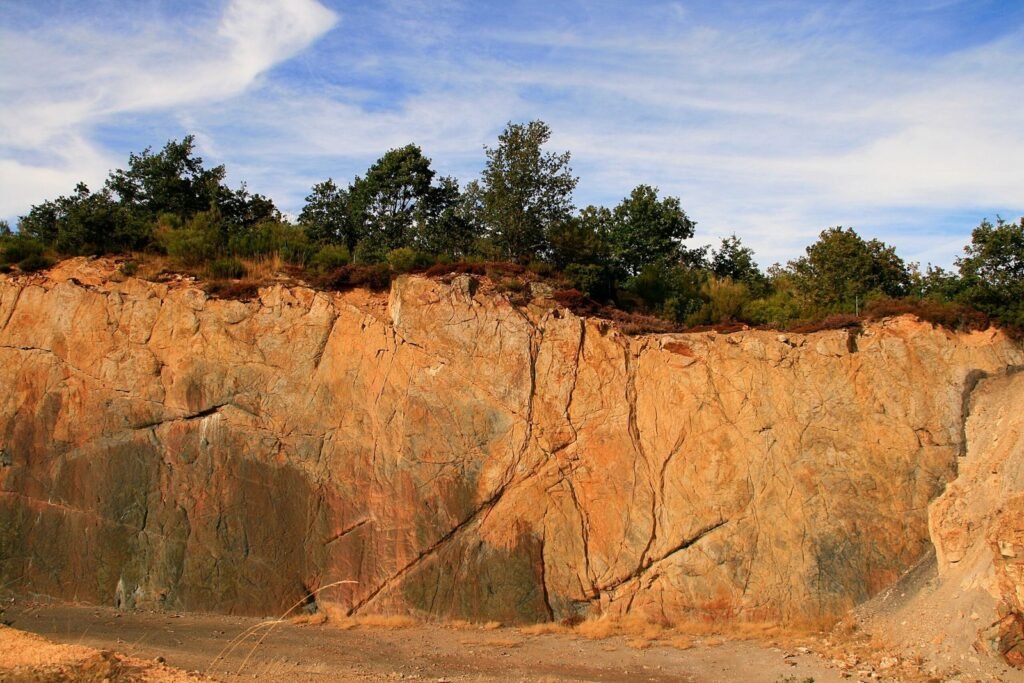Deep beneath Illinois farmland lies one of the most remarkable scientific discoveries of the 21st century. The preserved remains of an entire tropical forest, frozen in time for over three hundred million years, reveal extraordinary details about life on Earth before dinosaurs even existed. This spectacular find has changed our understanding of ancient ecosystems and opened a window into a world that was simultaneously alien and surprisingly familiar.
The story begins with routine coal mining operations, but quickly transforms into something that resembles time travel. Scientists have uncovered what they describe as a botanical Pompeii, perfectly preserved beneath layers of rock and soil. So let’s dive in.
Discovery in the Deep
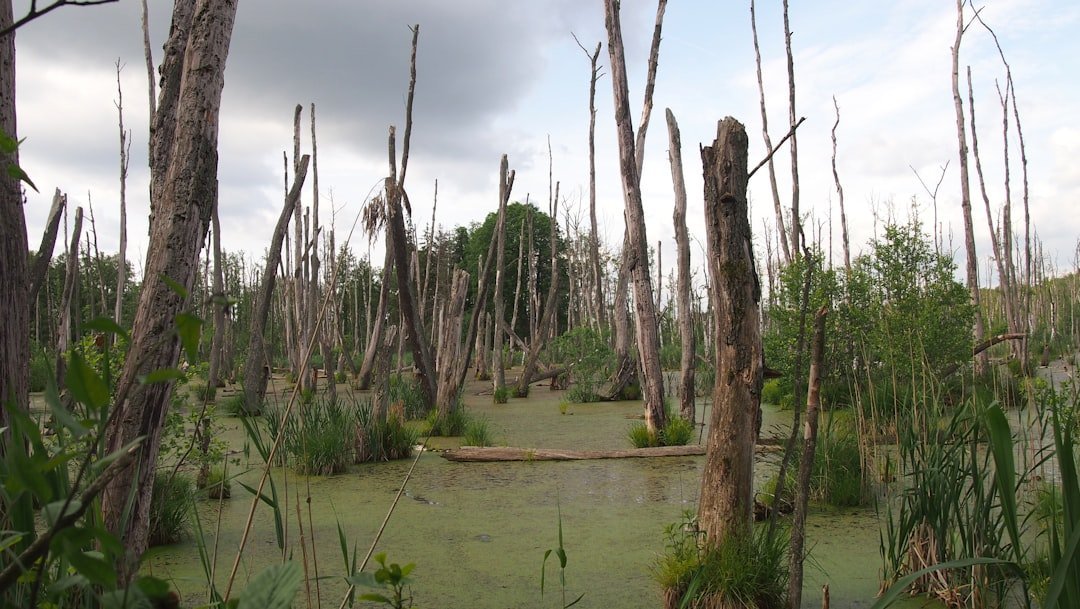
The discovery began in the Vermillion Grove coal when an Illinois coal revealed a snapshot of life on earth 300 million years ago, when a massive earthquake froze a swamp in time. John Nelson first visited the Riola-Vermilion Grove site during a routine inspection shortly after the opened in 1998, but by the time Scott Elrick joined him in 2005, the fossils added up to too many.
What started as scattered fossil sightings gradually revealed something extraordinary. Nelson called in two paleobotanists, William DiMichele, of the Smithsonian’s National Museum of Natural History, and Howard Falcon-Lang, of Britain’s University of Bristol, to view the site. Their reaction was immediate and profound. Falcon-Lang described it as a spectacular discovery because the entire forest, not just individual trees or plants, was intact.
A Prehistoric Time Capsule

The fossilized forest spans approximately 10,000 square feet of tropical wilderness, representing a significant fossilized forest discovery, etched into ceilings of shafts and preserved 307 million years ago. Unlike typical fossil sites where only fragments survive, this location preserves an entire ecosystem in stunning detail.
An earthquake suddenly lowered the swamp 15 to 30 feet and mud and sand rushed in, covering everything with sediment and killing trees and other plants – it must have happened in a matter of weeks. This catastrophic event created perfect preservation conditions, essentially flash-freezing the forest floor beneath layers of sediment that would eventually become shale rock.
The location of this underground marvel sits 230 feet below ground, requiring a journey through four miles of bewildering twists and turns in tunnels illuminated only by escape beacons and vehicle headlights. The environment feels otherworldly, with temperatures hovering around sixty degrees year-round in perpetual twilight.
Lords of an Ancient Jungle

The lords of this jungle were the lycopsids: scaly plants with trunks up to 6 feet in circumference that grew up to 120 feet in height and bore spore-producing cones, looking like giant asparagus spears. These towering giants dominated the landscape in ways that seem almost impossible by today’s standards.
Modern lycopsids are represented only by club mosses, but in the Carboniferous Period they included tall trees with dense, spirally arranged leaves, with dominant genera like Lepidodendron, featuring diamond-shaped leaf bases. Fossil logs of these plants exceed 1 metre at their bases, testament to their impressive size.
The forest structure was remarkably complex. Next to the lycopsids were calamites – 30-foot-tall cousins of the modern-day horsetail – and ancient, mangrove-size conifers known as cordaites, while seed ferns grew 25 feet tall and tree ferns reached 30 feet with crowns of large, feathery fronds.
A World Without Modern Life
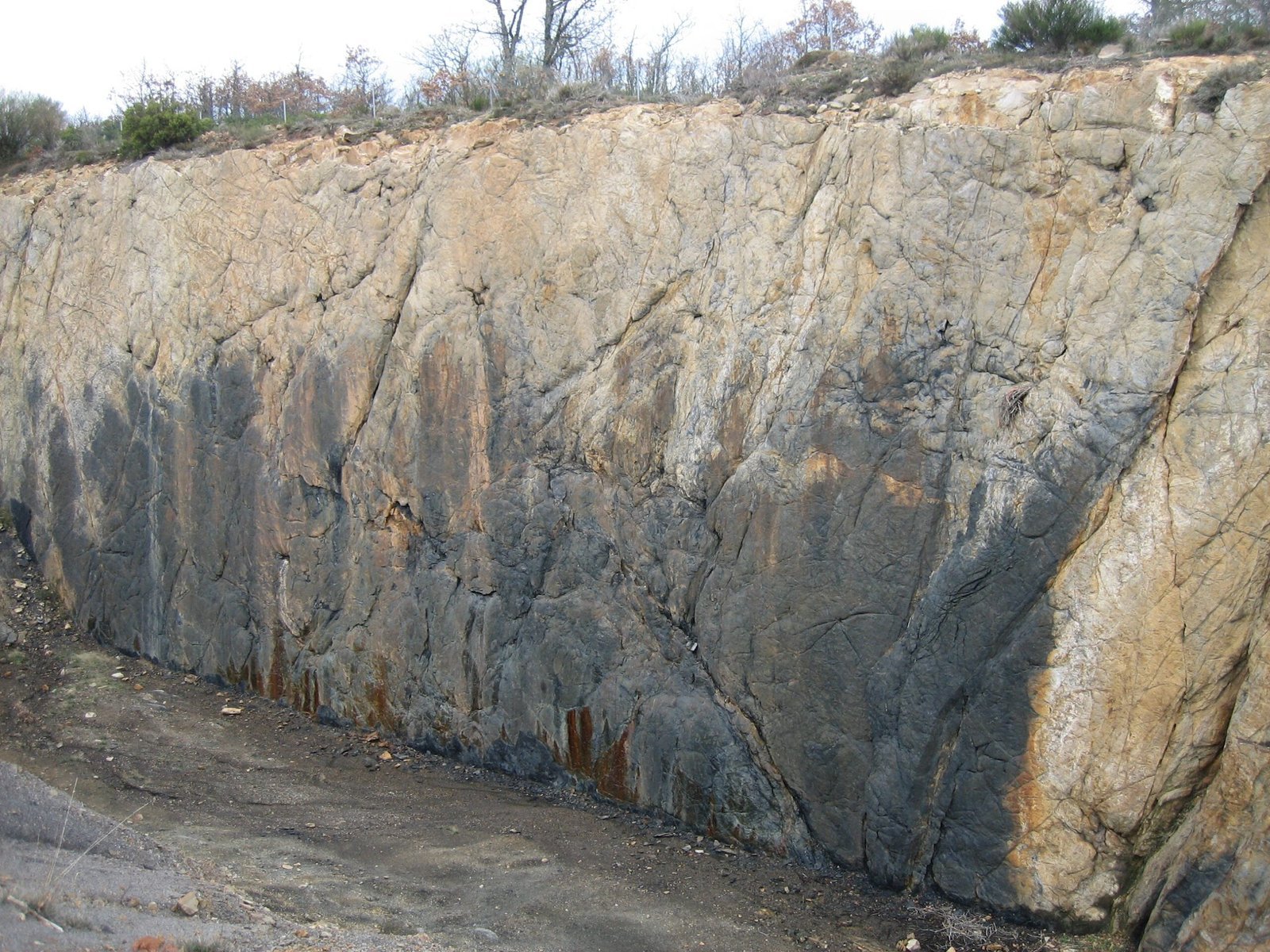
The Illinois of three hundred million years ago would be unrecognizable today. Illinois actually once lay on the equator, and the tropical climate was a result of continental drift with the area just a few degrees north of the equator 300 million years ago. This positioning created the perfect conditions for massive swamp forests to flourish.
The beginning of the Carboniferous generally had a more uniform, tropical, and humid climate than exists today, with many plants lacking growth rings, suggesting a uniform climate. There were no dramatic seasonal changes, no ice caps, and certainly no familiar modern plants or animals.
The ecosystem supported creatures that seem like science fiction today. An eight-foot-long millipede scurried by while a dragonfly with a foot-wide wingspan zipped through the 100-foot-tall fern trees. Monster dragonflies with 2.5-foot wingspans ruled the skies in this alien world.
Preservation Beyond Imagination
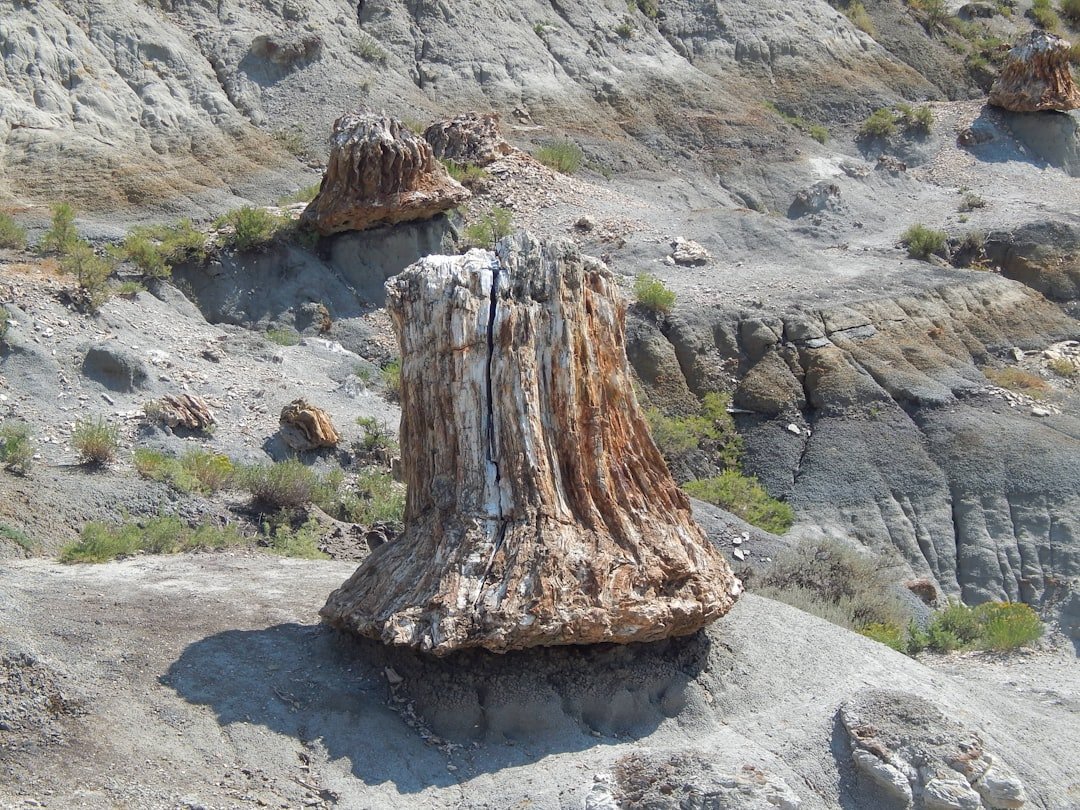
The quality of preservation in this fossil forest defies typical expectations. In the glow of helmet lights, the forest appears as a riot of intertwined tree trunks, leaves, fern fronds and twigs silhouetted black-on-gray on the clammy shale surface of the tunnel roof. Every detail remains visible after hundreds of millions of years.
A coal offers a unique view of the past – instead of a time sequence illuminated in layers of sediments, the roof of an underground reveals a large area within one sediment layer. This horizontal perspective allows scientists to see relationships between plants and understand the entire forest ecosystem.
However, few animal fossils have been found in the – chemicals in the ancient swamp’s water may have dissolved shells and bones. This selective preservation means that while plant life is exquisitely detailed, the animal inhabitants remain largely mysterious, known primarily from other Carboniferous sites.
Scientific Detective Work
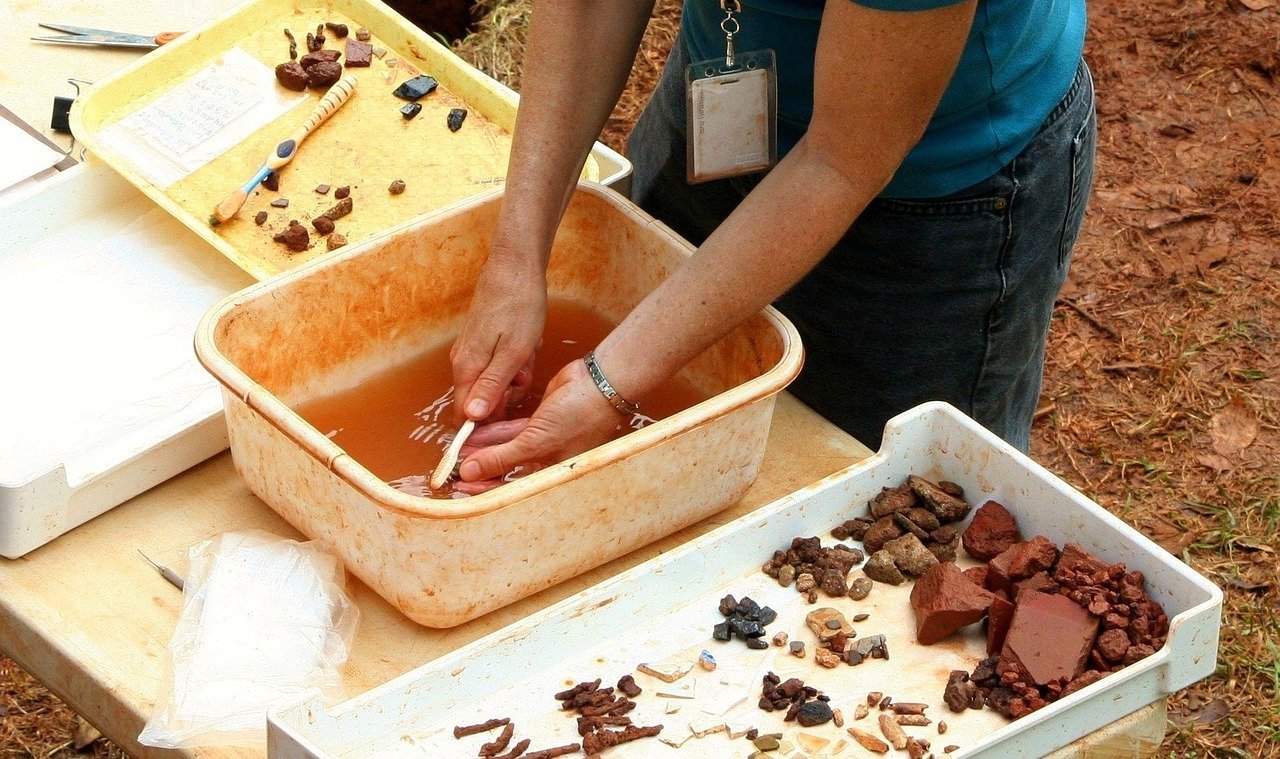
The discovery process resembles detective work more than traditional paleontology. rs in Illinois were used to seeing a few plant fossils strewn along a ‘s ceiling, but as they burrowed farther into this one, the sheer density and area covered by such fossils struck them as phenomenal. The workers themselves recognized something extraordinary was happening.
Study team member Scott Elrick of the Illinois State Geological Survey explained they were looking at one instance in time over a large area – literally a snapshot in time of a multiple square mile area. This perspective allows unprecedented insights into ancient ecology.
Scientists can now study relationships between different plant species and understand how they interacted within their environment. The discovery revealed the existence of ecologic gradients – gradual shifts between different clusters of plants, much like how modern plants tend to grow in certain areas.
Geological Revelations
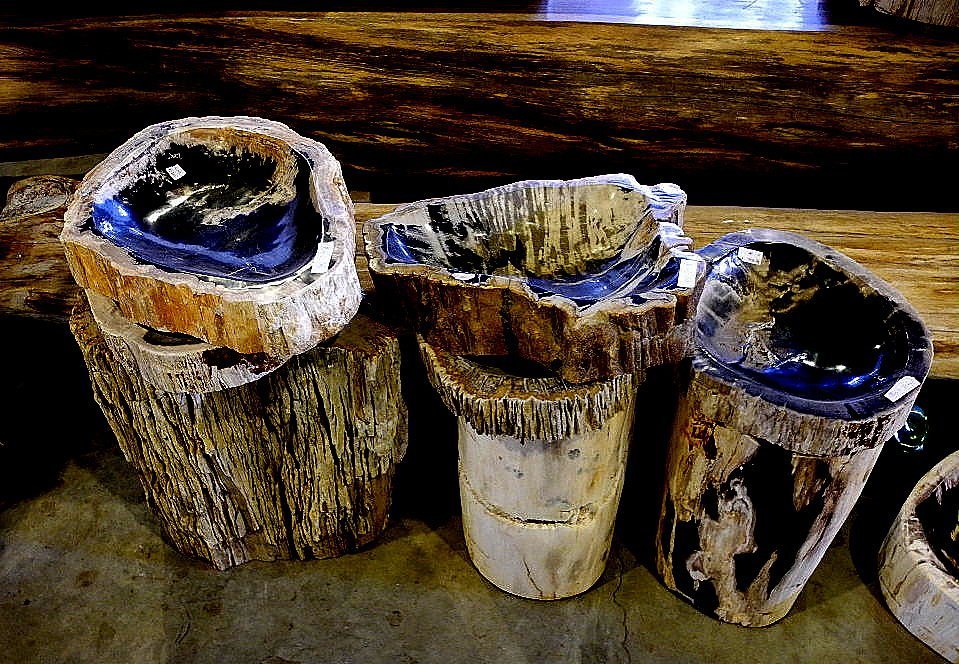
The forest’s preservation also revealed important geological information. The discovery gave the Illinois State Geological Survey a more complete picture of the Royal Center fault, which was responsible for sinking the swamp 300 million years ago. This fault system extends from northern Indiana to near Danville.
The fault was previously known to run from northern Indiana to near Danville, and a 1,000-foot-long vein of clay in the coal at Danville lined up with where the fault was expected to continue. The fossil forest provided crucial evidence for understanding this ancient tectonic activity.
The preservation process itself tells a dramatic story. An earthquake suddenly lowered the swamp 15 to 30 feet and mud and sand rushed in, covering everything with sediment and killing trees and other plants – it must have happened in a matter of weeks. This rapid burial was essential for the exceptional preservation quality.
A Window Into Climate Change
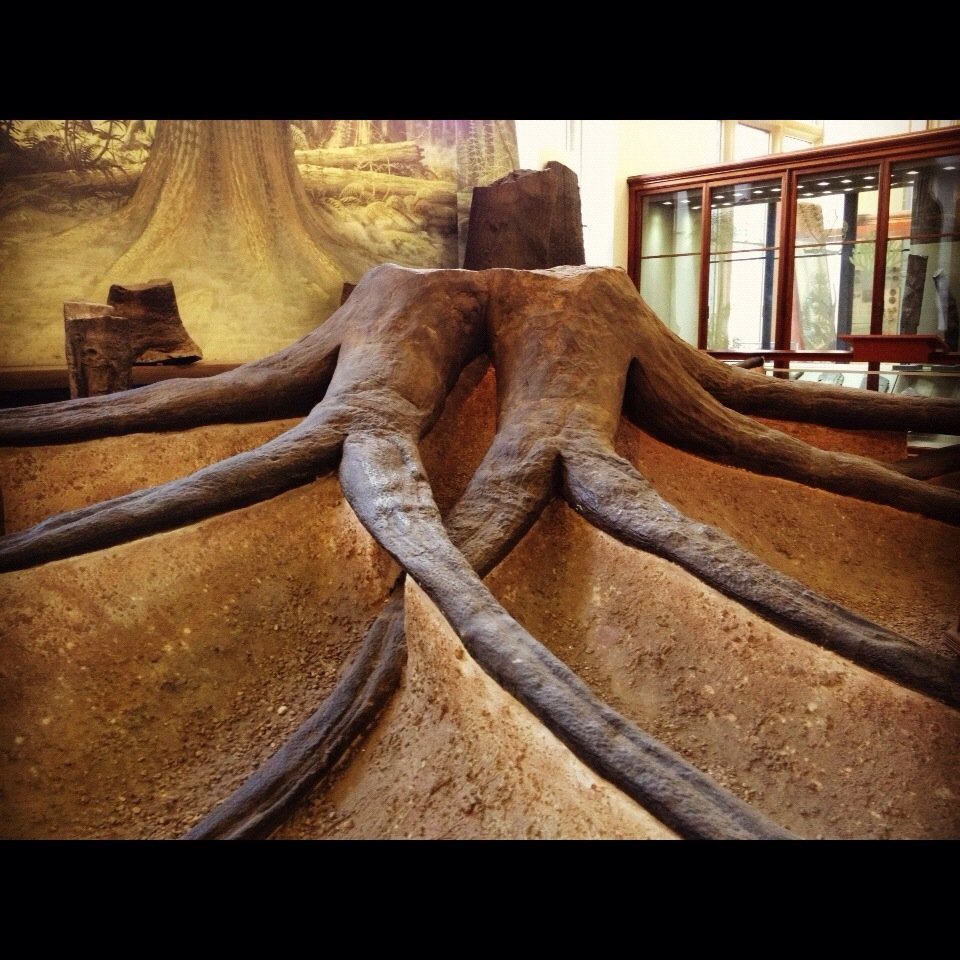
One of the reasons the site is so valuable to scientists is that it opens a window on the natural world just prior to a period of great, and puzzling, change. The timing of this forest’s destruction coincides with major ecological transitions in Earth’s history.
For several hundred thousand years after this rain forest was entombed, tree ferns, lycopsids and other plants competed for dominance in a kind of vegetational chaos. For some unknown reason, tree ferns eventually prevailed and took over the world’s tropical wetland forests, while the mighty lycopsids virtually disappeared.
Comparing fossils from before 306 million years ago and after reveals a total regime change without much warning. This dramatic shift in plant communities represents one of the most significant ecological transformations in Earth’s history, and scientists still struggle to understand what caused it.
The Scale Tree Dynasty
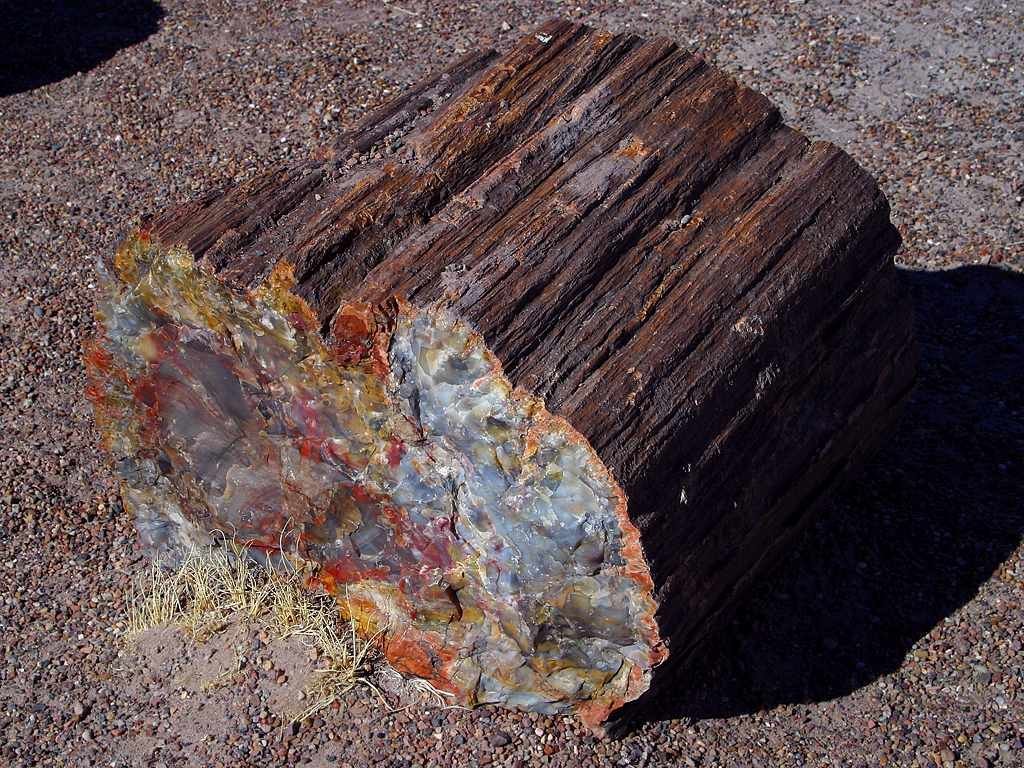
The Carboniferous was the heyday for early land plants, with giant lycopods, ferns, and horsetails forming the backbone of terrestrial ecosystems, with scale trees being by far the most abundant plants during these times. These plants dominated the landscape in ways that seem almost impossible today.
Scale trees were the dominant players of the warm, humid, equatorial swamps, but their dominance on the landscape may have actually been their downfall. Their very success may have triggered environmental changes that eventually led to their extinction.
While plants were busy building ever taller, more complex anatomies using compounds such as cellulose and lignin, fungal communities had not yet figured out how to digest them, so as these trees grew into 100 ft monsters and died, more and more carbon was being tied up in plant tissues that simply weren’t decomposing. This process created the coal deposits we today.
A Catastrophic End
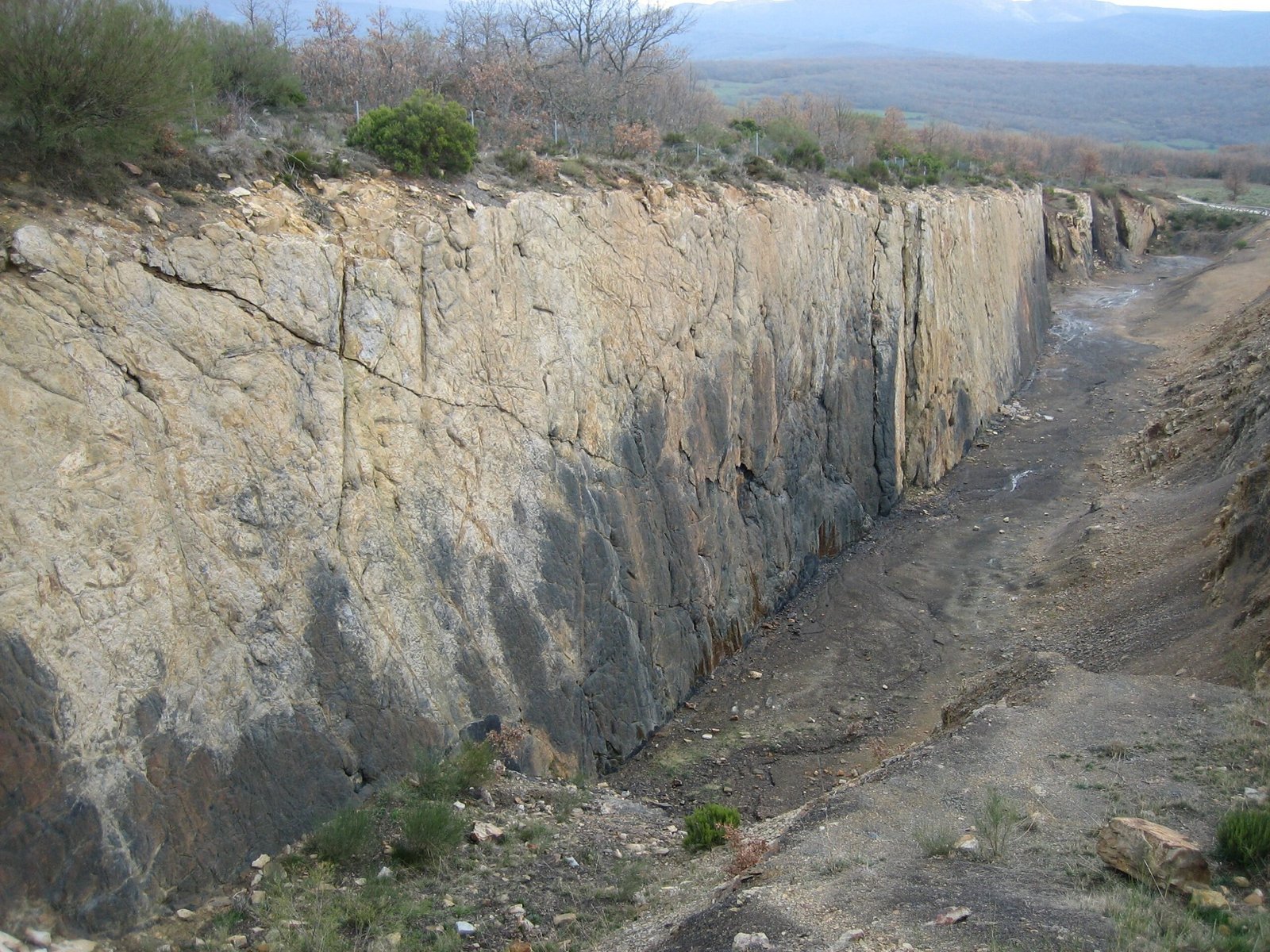
The dominance of scale trees and other Carboniferous giants eventually contributed to their own demise. As atmospheric CO2 levels plummeted and continents continued to shift, the climate was growing more and more seasonal, which was bad news for the scale trees. These plants were adapted to stable, tropical conditions.
By the end of the Carboniferous, Earth had dipped into an ice age, and Earth’s new climate regime appeared to be too much for the scale trees to handle, driving them to extinction. The very success of these plants in removing carbon dioxide from the atmosphere contributed to global cooling.
The world they left behind was primed and ready for new players, as the Permian would see a whole new set of plants take over the land and set the stage for even more terrestrial life to explode onto the scene. This extinction event cleared the way for entirely different types of ecosystems to develop.
Legacy and Loss

Unfortunately, much of the original fossil forest site is no longer accessible. The fossilized forest was destroyed as the ceiling fell, so no one is able to revisit the s. The same geological instability that preserved the forest has now claimed the site itself.
The clay that makes up part of the coal chamber expands and contracts with moisture, weakening the walls and ceiling, and some of the chamber has already collapsed. This natural process means that future researchers will not be able to experience the site firsthand.
However, the scientific impact continues. New series of fossilized forests have been discovered in Southern Illinois which cumulatively will be bigger than the one found in Danville. These discoveries are helping scientists piece together a more complete picture of Carboniferous ecosystems.
Modern Connections
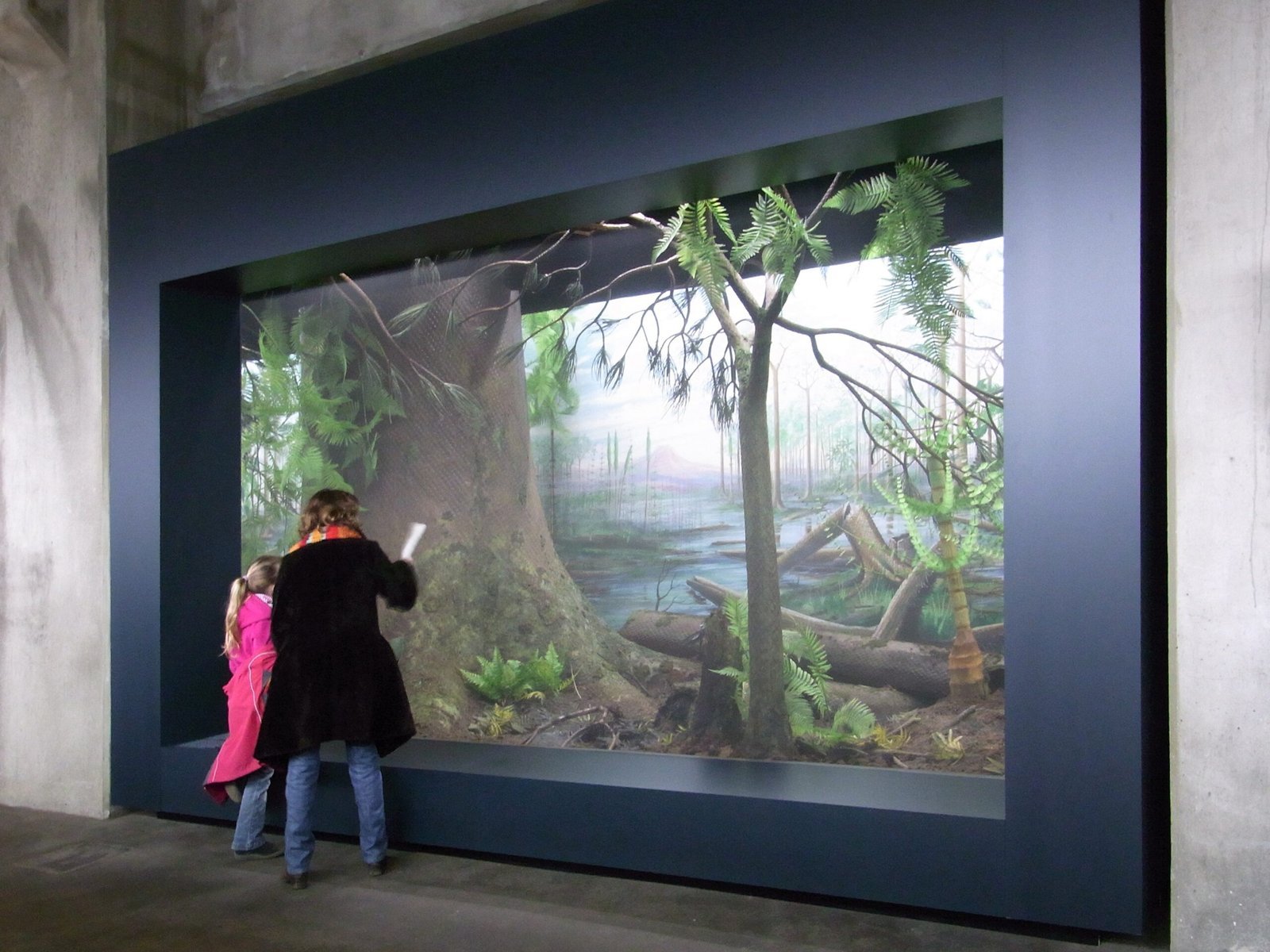
The Illinois fossil forest connects directly to our modern world in profound ways. It is amazing to think that we owe much of our industrialized society to scale trees whose leaves captured CO2 and turned it into usable carbon so many millions of years ago. The coal we burn today consists largely of these ancient plants.
It seems oddly fitting that, thanks to us, scale trees are once again changing Earth’s climate, as we continue to pump Carboniferous CO2 into our atmosphere. The carbon sequestered by these ancient forests is now being released, creating modern climate challenges.
The discovery reminds us of deep time and massive environmental changes. Trying to communicate the concept of geologic time is challenging – we throw around 300 million years like it’s no big deal, but trying to internalize what that actually means is difficult. This forest existed before dinosaurs, before mammals, before flowering plants.
Conclusion

The fossil forest found in Illinois coal s represents one of the most significant paleontological discoveries in recent decades. This three-hundred-million-year-old ecosystem provides unprecedented insights into life on Earth during the Carboniferous period. From towering lycopsids that dominated ancient swamps to the catastrophic earthquake that preserved them, this underground marvel continues to reshape our understanding of prehistoric life.
The forest serves as both a window into the past and a mirror reflecting our present environmental challenges. The same plants that once removed vast amounts of carbon dioxide from the atmosphere now fuel our industrial civilization, creating a cycle that spans hundreds of millions of years.
What do you think about discovering such complete ecosystems from so long ago? Tell us in the comments.

Jan loves Wildlife and Animals and is one of the founders of Animals Around The Globe. He holds an MSc in Finance & Economics and is a passionate PADI Open Water Diver. His favorite animals are Mountain Gorillas, Tigers, and Great White Sharks. He lived in South Africa, Germany, the USA, Ireland, Italy, China, and Australia. Before AATG, Jan worked for Google, Axel Springer, BMW and others.

